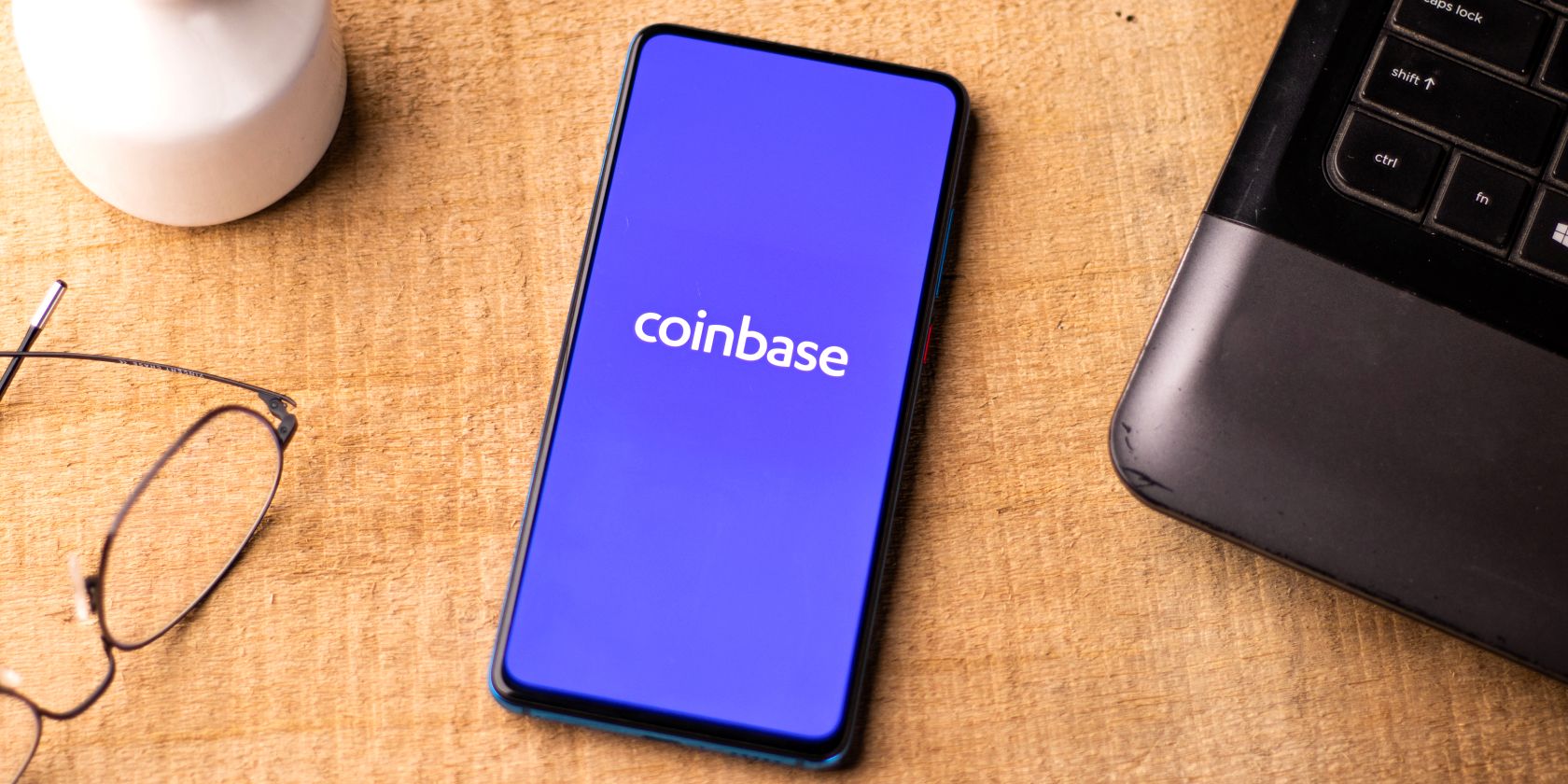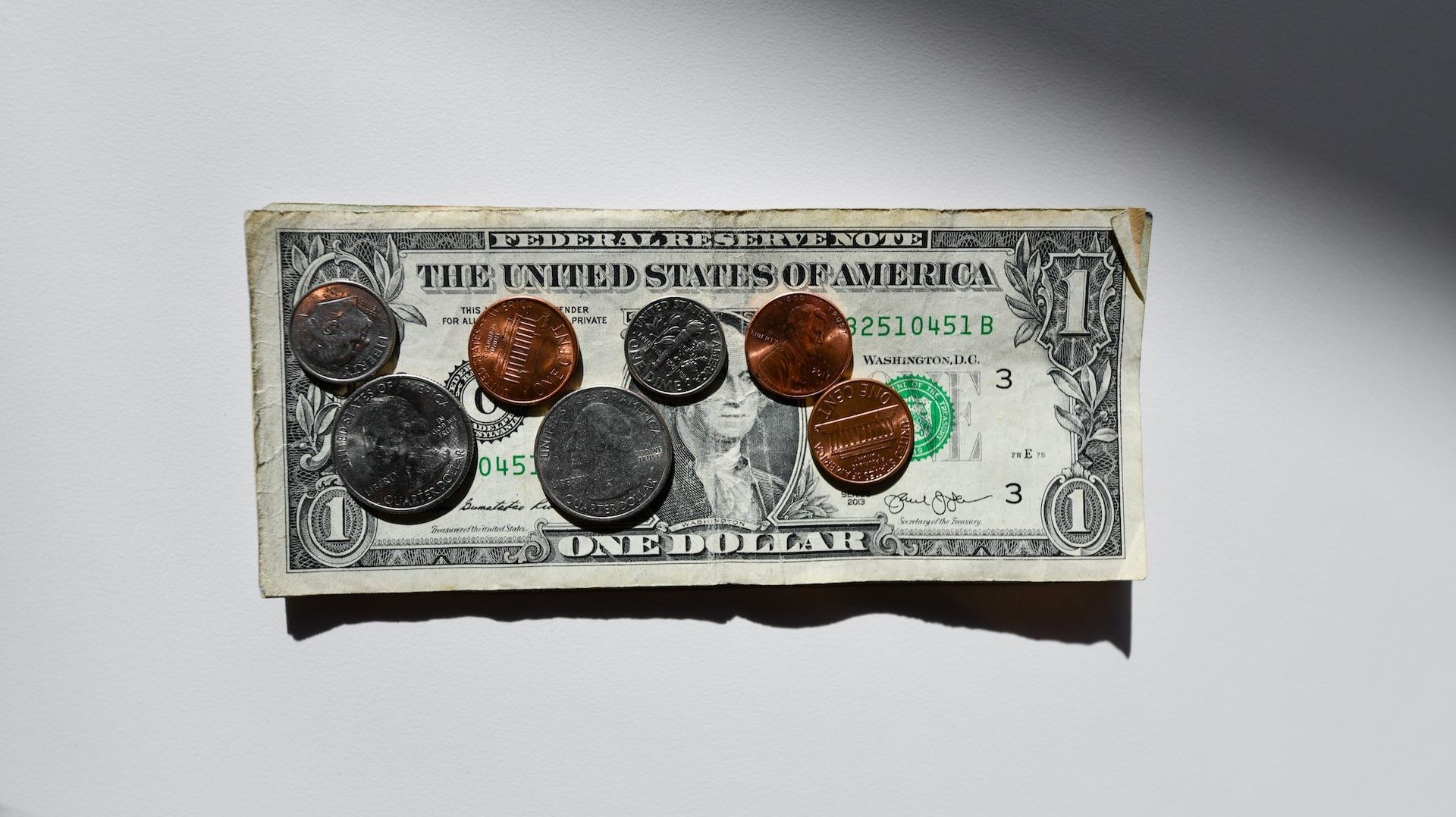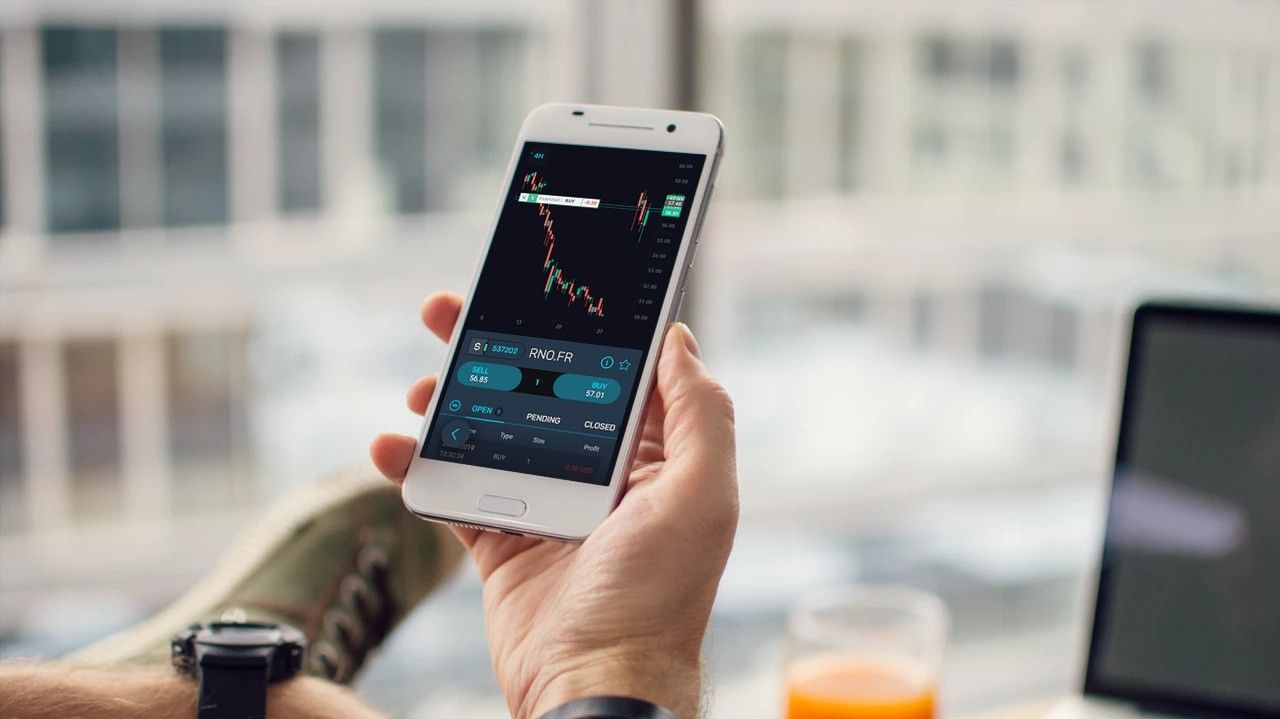Centralized vs. Decentralized Crypto Exchanges: Which Is Better?
All crypto exchanges vary, but there are two main categories under which they fall: centralized and decentralized. But what’s the difference between centralized and decentralized crypto exchanges, and which is best for you?
How Safe Are Centralized and Decentralized Crypto Exchanges?
While there are many factors to consider when picking a crypto exchange, security should come before all else. After all, crypto exchanges are handling your funds, so you want to be sure that they’re being protected to the highest degree.
So, how do centralized and decentralized exchanges differ in their security integrity? Is one safer than the other?
Let’s start with centralized exchanges (CEXs).
The Safety of Centralized Exchanges
Binance, Coinbase, and Kraken are all popular examples of centralized crypto exchanges. These platforms come with some fantastic security features, such as:
- Two-factor authentication
- Login alerts
- Cold storage vaults
- Address whitelisting
- Withdrawal confirmations
- Multi-approval withdrawals
- KYC (Know Your Customer) and AML (Anti-Money Laundering) protocols
Note that centralized crypto exchanges offer custodial wallets, meaning you entrust your private keys to the exchange. Some see this as a benefit, while others believe it is a security risk.
Most reputable centralized exchanges are safe to use (though no platform is 100% secure). But there is a glaring issue here, and that’s the centralized structure they adopt. A centralized crypto exchange is constructed in a way that gives one central entity control of the entire platform. Platforms like Facebook, Instagram, and Twitter are centralized. While a centralized model isn’t inherently bad, it has several weak points.
Firstly, centralized exchanges use a centralized data storage model. In other words, one or a handful of data centers store the platform’s information. If one of these data centers is hacked, a lot of sensitive information could be accessed.
What’s more, using centralized servers also increases the chance of crashes and other issues, as there is a single, central point of failure present that can be exploited. For example, if a central server was infected with malware or hacked, this could cause the entire platform to shut down. Centralized platforms are also more susceptible to widespread technical faults because of their structure.
So, how do decentralized exchanges (DEXs) compare?
The Safety of Decentralized Exchanges
Decentralized crypto exchanges can also offer some useful security features, such as:
- KYC verification.
- Smart contract verification.
- Multi-signature transactions.
- Open-source code.
- Non-custodial wallets.
Decentralized exchanges can avoid many of the weak points suffered by centralized platforms. For example, a decentralized exchange spreads all data and power across multiple connection points, known as nodes. This forms a web of devices that all contribute to the network.
A decentralized structure makes launching an attack difficult for a malicious actor. If one node is hacked, it can be shut down, leaving all other nodes to perform as usual. Even if 50% of all nodes are hacked, which is very tricky to achieve, the attacker still can’t gain control of the entire platform (but it becomes a serious threat at 51%!). Spreading data and power out like this cuts out single points of failure and makes decentralized exchanges resistant to certain types of attacks.
Decentralized exchange users can have their say in developments and decisions via governance.
Governance involves users putting forward tokens to vote on disputes or proposals. This gives the community power over the platform, avoiding decisions being made by a single group of powerful individuals.
Financial Risks
Both centralized and decentralized exchanges pose financial risks you should know before trading or investing.
For starters, decentralized and centralized exchanges deal with many of the same cryptocurrencies. Many of these assets are highly volatile, meaning they are subject to constant price fluctuations. This is no fault of the exchange itself but is the nature of the crypto industry.
Whether you’re using a centralized or decentralized crypto exchange, asset price crashes can result in financial losses. If you buy Crypto A at $5 apiece and then the price halves, you won’t be able to make a profit via sale until the price recovers.
Both kinds of exchanges can also run into liquidity issues, which, in severe cases, may result in you not being to access or withdraw your deposited funds.
Are Decentralized Exchanges Cheaper to Use?
So, we’ve established that decentralized crypto exchanges are generally safer, but what kind of costs will you incur here?
Overall, decentralized exchanges are cheaper than their centralized contemporaries.
This is partly because decentralized exchanges are largely automated and don’t require the presence of intermediaries and third parties. The use of smart contracts also allows decentralized exchanges to execute transactions automatically without the need for human intervention. This leads to lower overhead costs, which allows decentralized exchanges to charge their users lower fees.
For example, dYdX users incur a 0.02% maker fee and a 0.05% taker fee. Curve Finance, on the other hand, charges a 0.04% swap fee for Ethereum-based trades and a 0.1% fee for Polygon-based trades. Note that some DEXs charge a little more than this, such as Uniswap, with its 0.3% trading fee. However, there are some super affordable centralized exchanges out there today. Binance, for instance, charges a menial 0.1% maker and taker fee, as does Kucoin and Bitfinex.
But numerous other centralized changes take a bigger cut. Coinbase Pro, for instance, charges a 0.5% maker and taker fee, while Bittrex charges a 0.75% maker and taker fee.
Which Kind of Crypto Exchange Has More Features?
The answer to this question will vary based on which exchange you’re using. Some exchanges are rich with features, while others keep things simple.
Binance, for example, is probably one of the most feature-dense centralized exchanges out there. Coinbase and Kraken also have a lot to offer. But other centralized exchanges, like Bitfinex and eToro, are more limited in what they offer.
On the other hand, decentralized exchanges cannot offer features that require a centralized structure, such as crypto payment cards, custodial wallets, and off-chain staking.
You can expect to find trading, swaps, NFTs, and staking on both centralized and decentralized exchanges.
You can also access an array of decentralized apps (DApps) on decentralized exchanges. So, if you’re big into using DApps, a decentralized exchange will suit you better.
Using Centralized and Decentralized Crypto Exchanges
Nearly all centralized exchanges have simple user interfaces where you can easily navigate from page to page without being a crypto veteran. Centralized exchanges are great for beginners and often have how-to sections and blog posts to help you understand how everything works.
If you’re new to crypto or aren’t tech-savvy, you may find decentralized exchanges challenging. Some decentralized exchanges can be overwhelming, with walls of statistics, order books, and graphs. For beginners, this can be a big turn-off.
But this isn’t the case across the board. Many newer and more popular decentralized exchanges, such as Uniswap, have worked to make their interface easier on the eyes and simpler to understand. So don’t disregard this option before checking out your desired decentralized exchange’s interface.
DEXs and CEXs Bring Pros and Cons
Neither DEXs nor CEXs are perfect, and neither stands out as the worse option. Choosing which kind of exchange to use depends on your preferences.
If you’re looking for high security above all else, DEXs might be better. If, however, you want lots of features and a simple interface, you may want to opt for a CEX. What you should ensure, above all else, is that the platform you’re interested in is safe and legitimate.


